SOIL PREP
Universal Plant Needs
Although garden plants hail from all corners of the world, they have surprisingly similar soil requirements — best attended to before planting. Simply put, most garden plants need soils that are well-supplied with air (yes, roots must breathe!), water, and nutrients. And one other important ingredient, organic matter (sometimes called humus), that witch’s brew of living and once-living organic materials in various states of decomposition that, in addition to contributing to the just-mentioned needs, also includes a friendly microbial community for optimum plant health.
Aeration must be the first consideration, since plants are unable to utilize nutrients, even in fertile soils, if roots lack access to air. There are two causes for waterlogged soils: either the water table is too high, bringing water up from below; or the soil has pores so small that they cling by capillary action to too much water that falls from above.
Deal with a high water table by either choosing another site for planting, by raising roots above the water table, or by lowering the water table. Growing plants in raised beds is the way to bring roots above a water table. 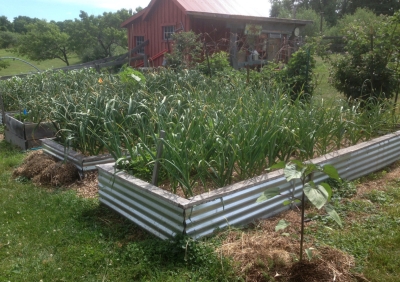 Build beds high enough to take the roots up out of the water, and wide enough so they don’t dry out too quickly. Read more
Build beds high enough to take the roots up out of the water, and wide enough so they don’t dry out too quickly. Read more


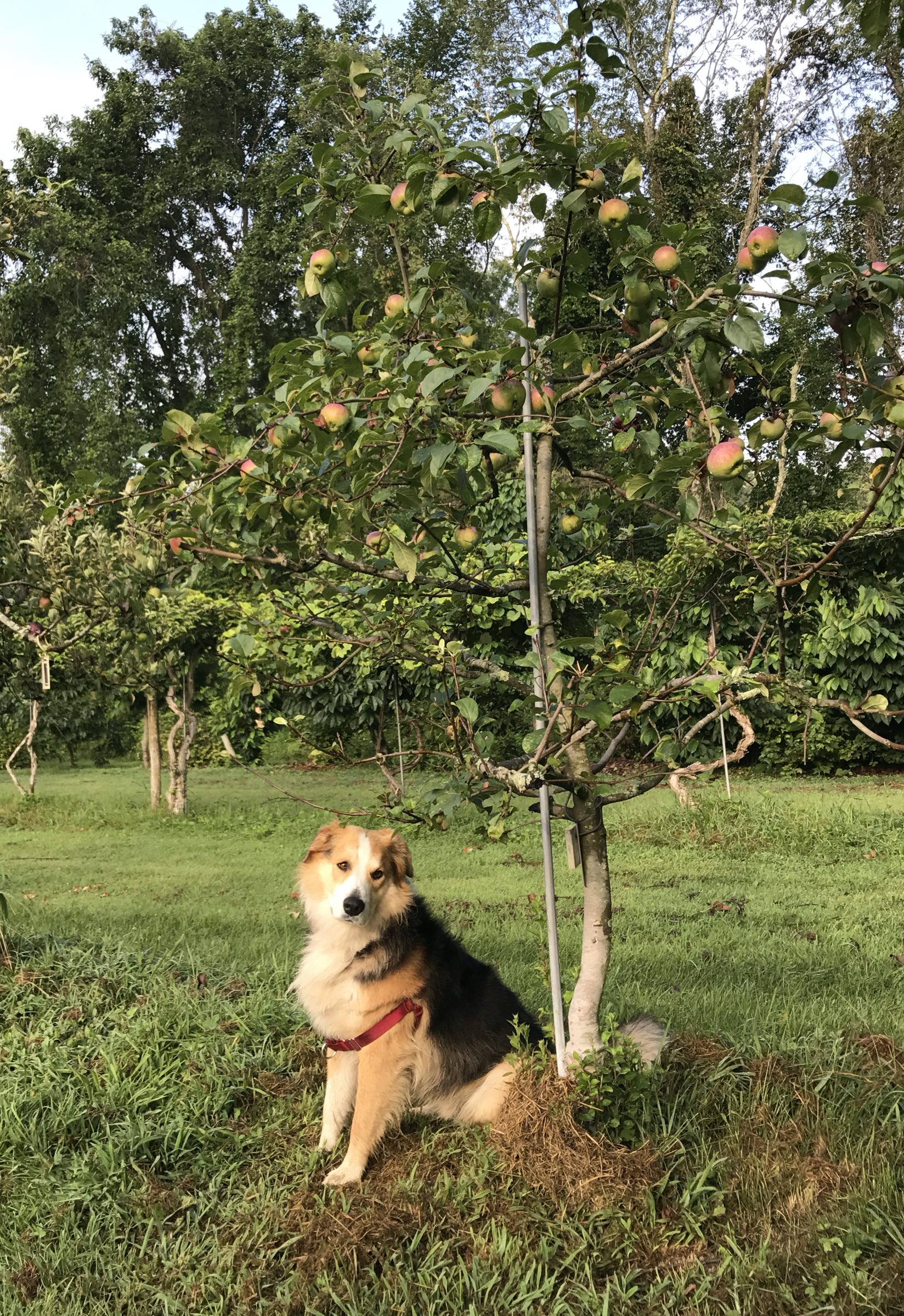
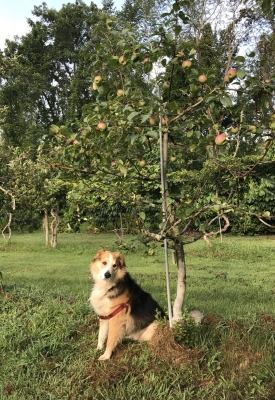
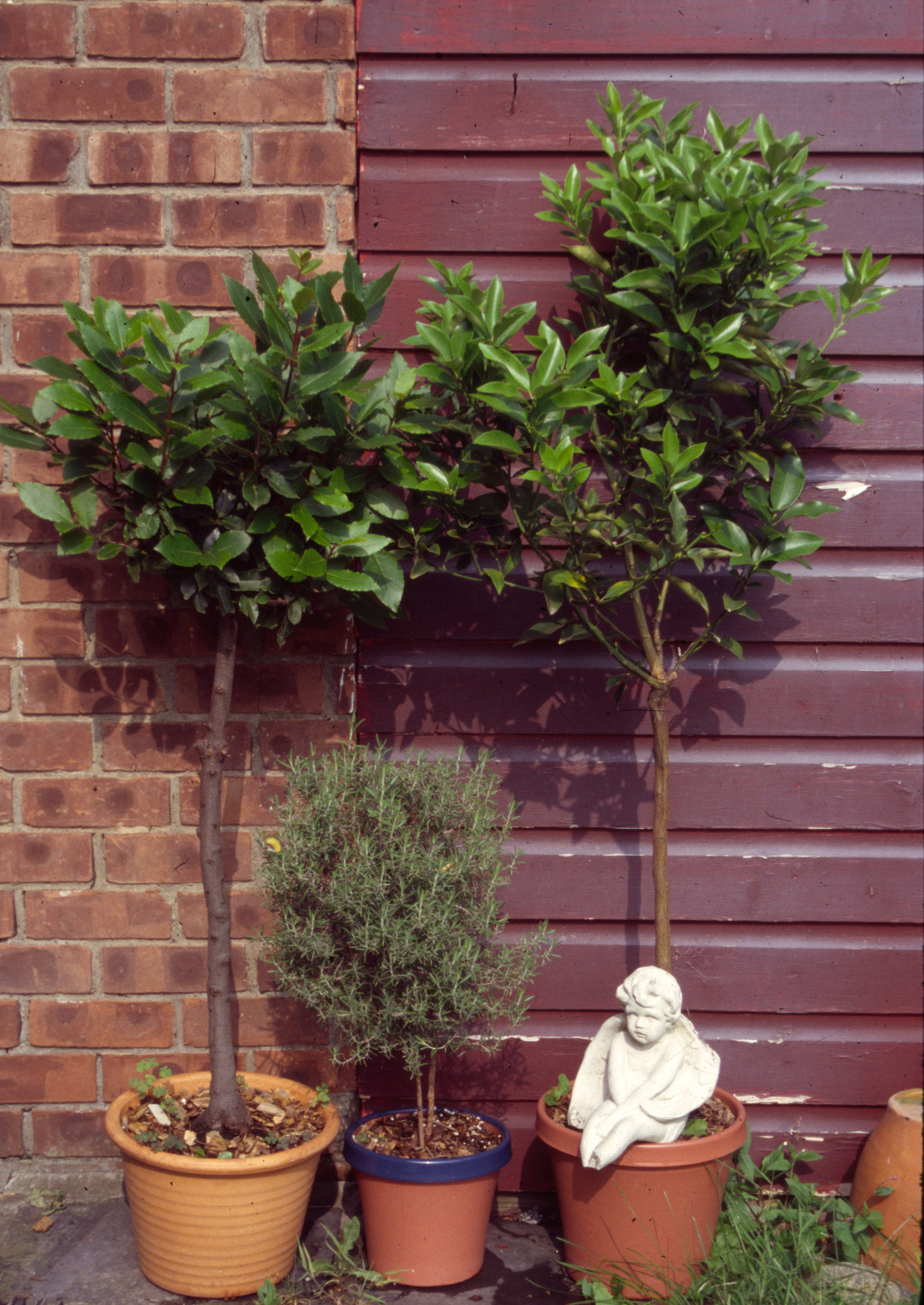
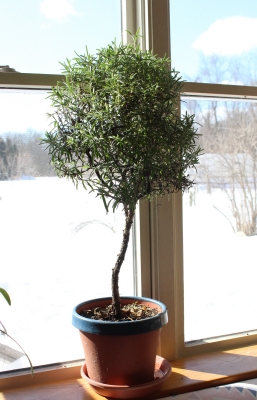
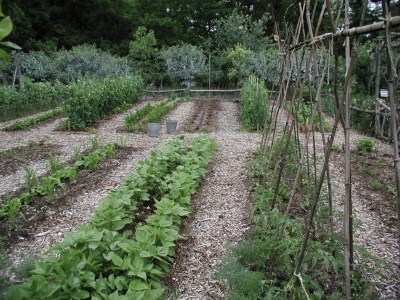
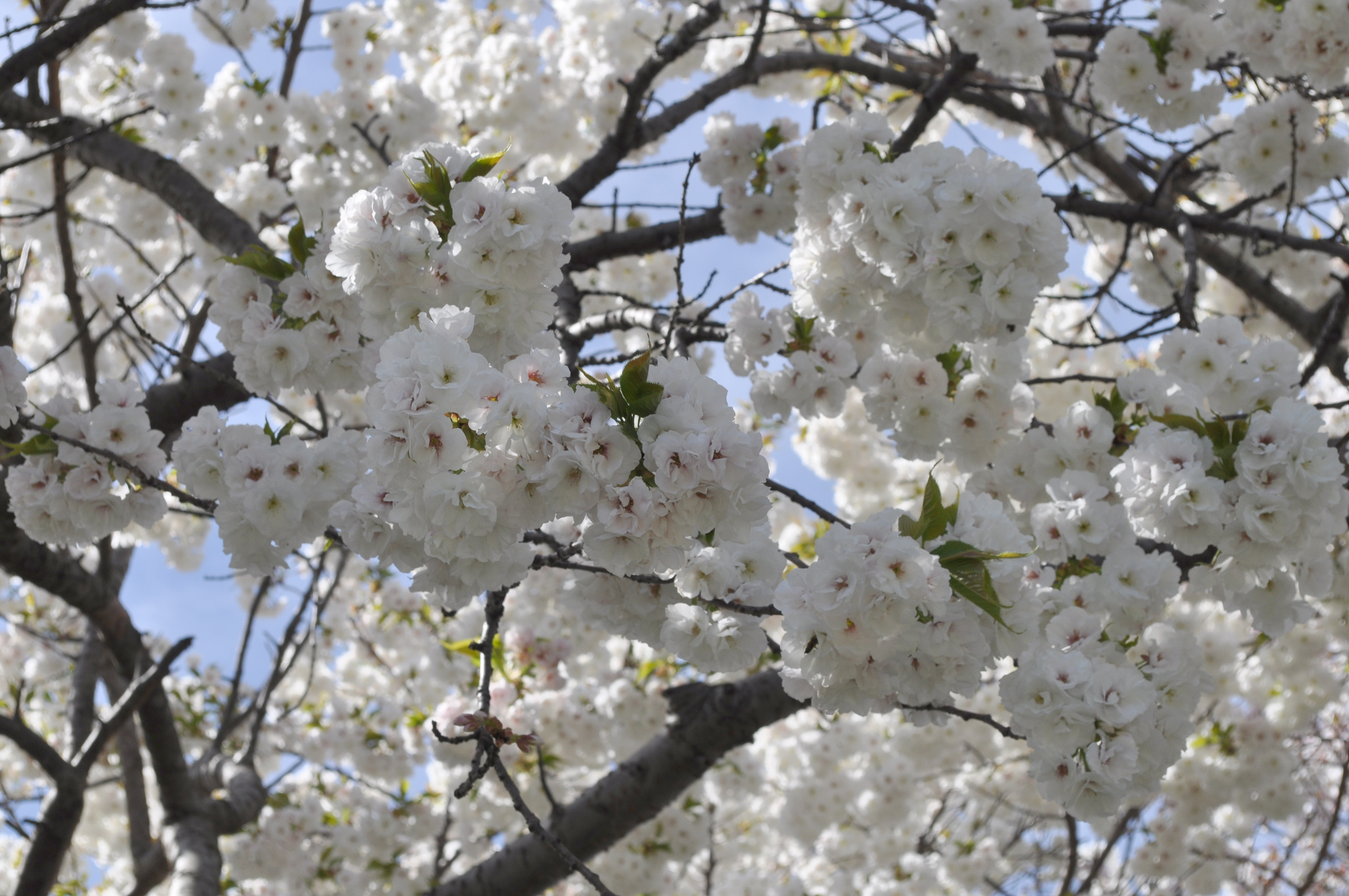
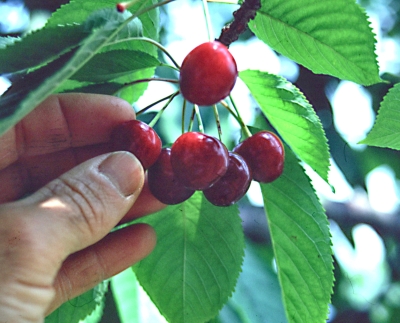 Sweet cherries (Prunus avium), sometimes called bird cherries or, in their more wild state, mazzard cherries, were amongst the plants ordered from Europe by the Massachusetts colony in 1629. By 1650, there was a cherry orchard in Yonkers, New York, and before the end of that century, there were plantings in Rhode Island, Maryland, and Virginia. Trees became so abundant that in 1749, Peter Kalm wrote that “all travellers are allowed to pluck ripe fruit in any garden which they pass by, provided they do not break any branches; and not even the most covetous farmer hindered them from so doing.” So it is not unlikely that Papa Washington had a few sweet cherry trees planted at his farmstead along the shores of the Rappahannock River.
Sweet cherries (Prunus avium), sometimes called bird cherries or, in their more wild state, mazzard cherries, were amongst the plants ordered from Europe by the Massachusetts colony in 1629. By 1650, there was a cherry orchard in Yonkers, New York, and before the end of that century, there were plantings in Rhode Island, Maryland, and Virginia. Trees became so abundant that in 1749, Peter Kalm wrote that “all travellers are allowed to pluck ripe fruit in any garden which they pass by, provided they do not break any branches; and not even the most covetous farmer hindered them from so doing.” So it is not unlikely that Papa Washington had a few sweet cherry trees planted at his farmstead along the shores of the Rappahannock River.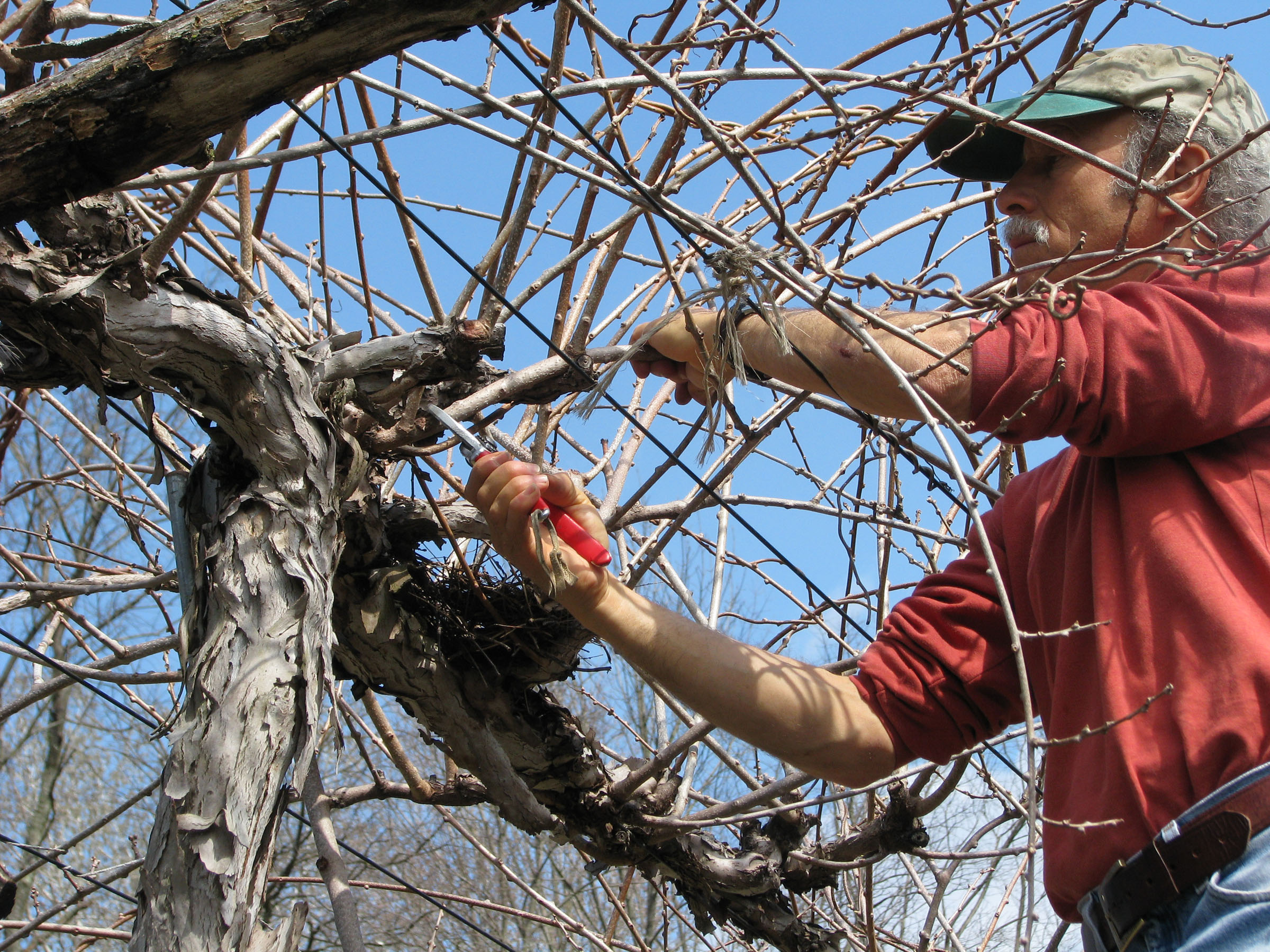
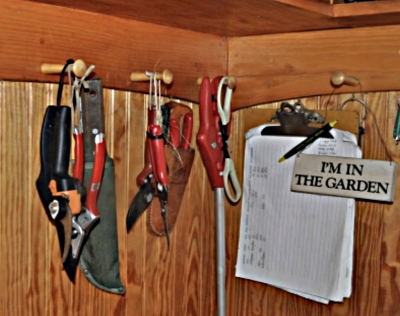
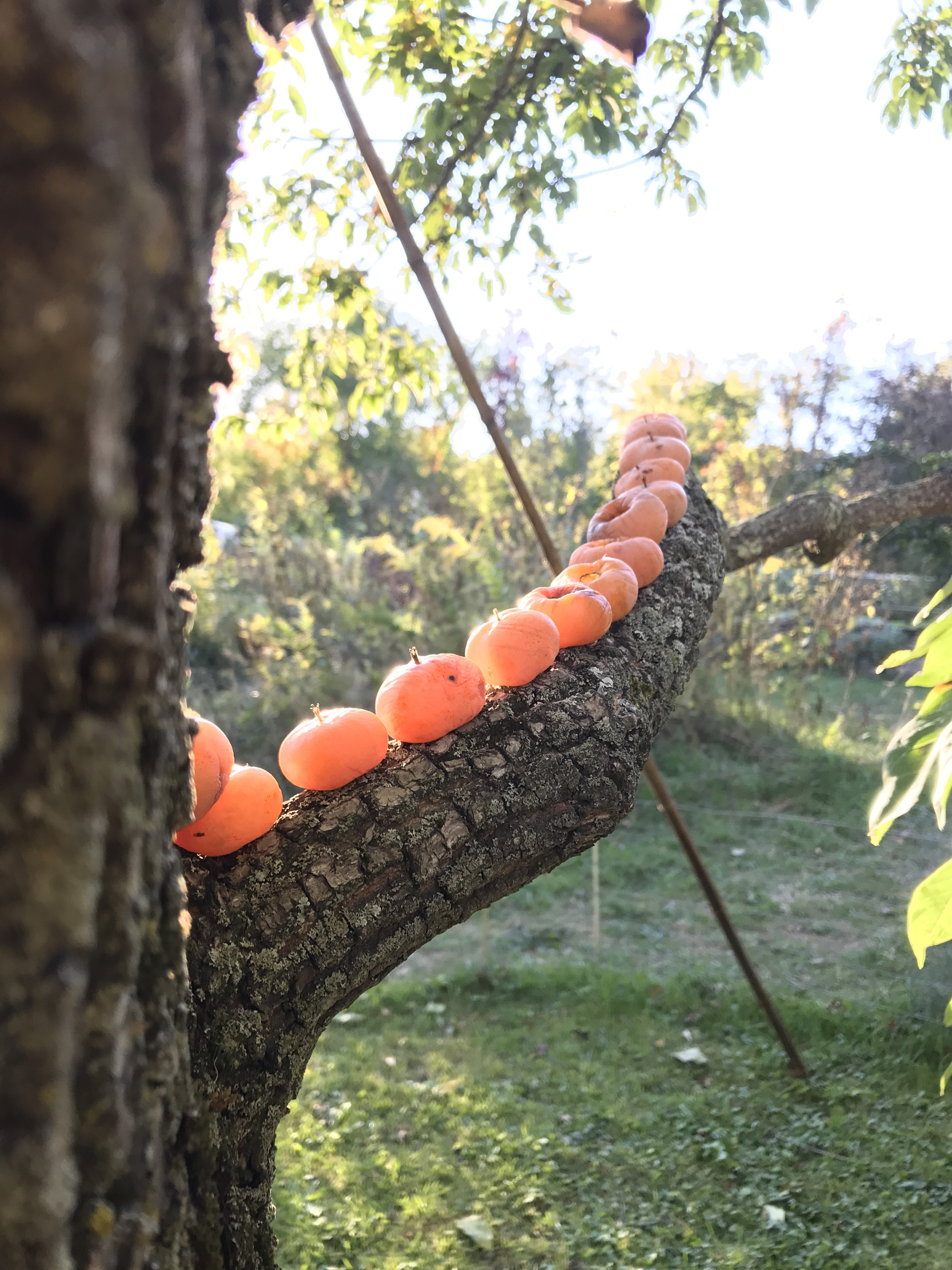
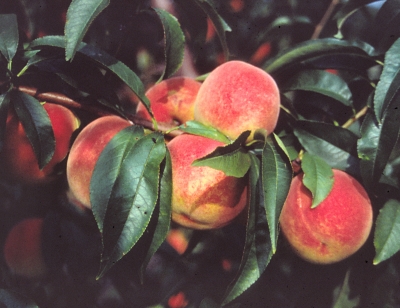
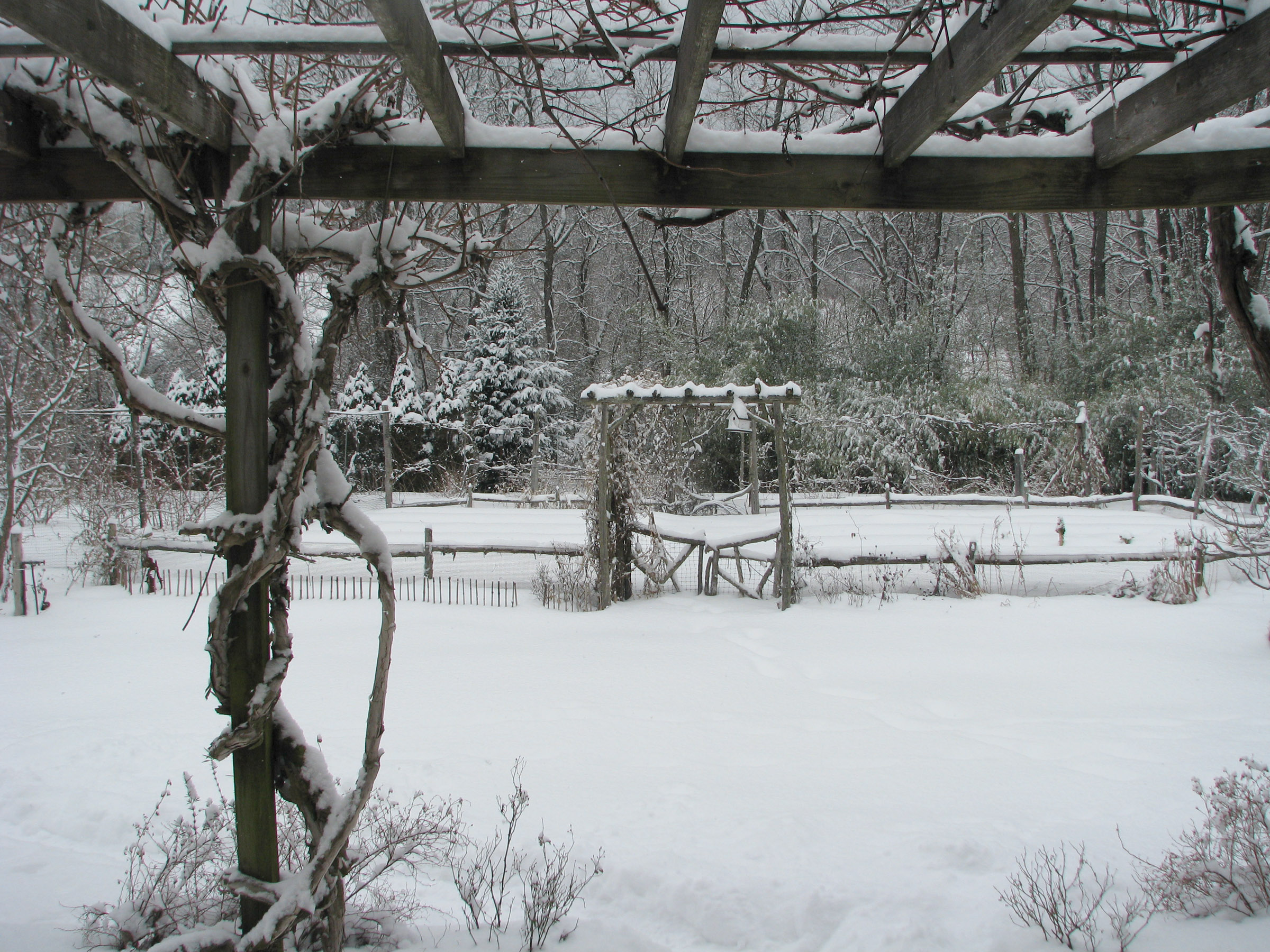
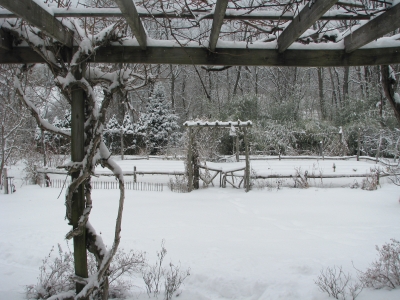 I have effected a relationship between my yard and my house by building a grape arbor out from the rear wall, then enclosing the ground beneath this arbor with a brick terrace (my house is also brick) edged with a low hedge of potentilla. Similarly, the stone wall supporting what previous were slopes at the front and side of my house flow into the landscape with a contiguous stone wall sweeping out across the yard.
I have effected a relationship between my yard and my house by building a grape arbor out from the rear wall, then enclosing the ground beneath this arbor with a brick terrace (my house is also brick) edged with a low hedge of potentilla. Similarly, the stone wall supporting what previous were slopes at the front and side of my house flow into the landscape with a contiguous stone wall sweeping out across the yard. 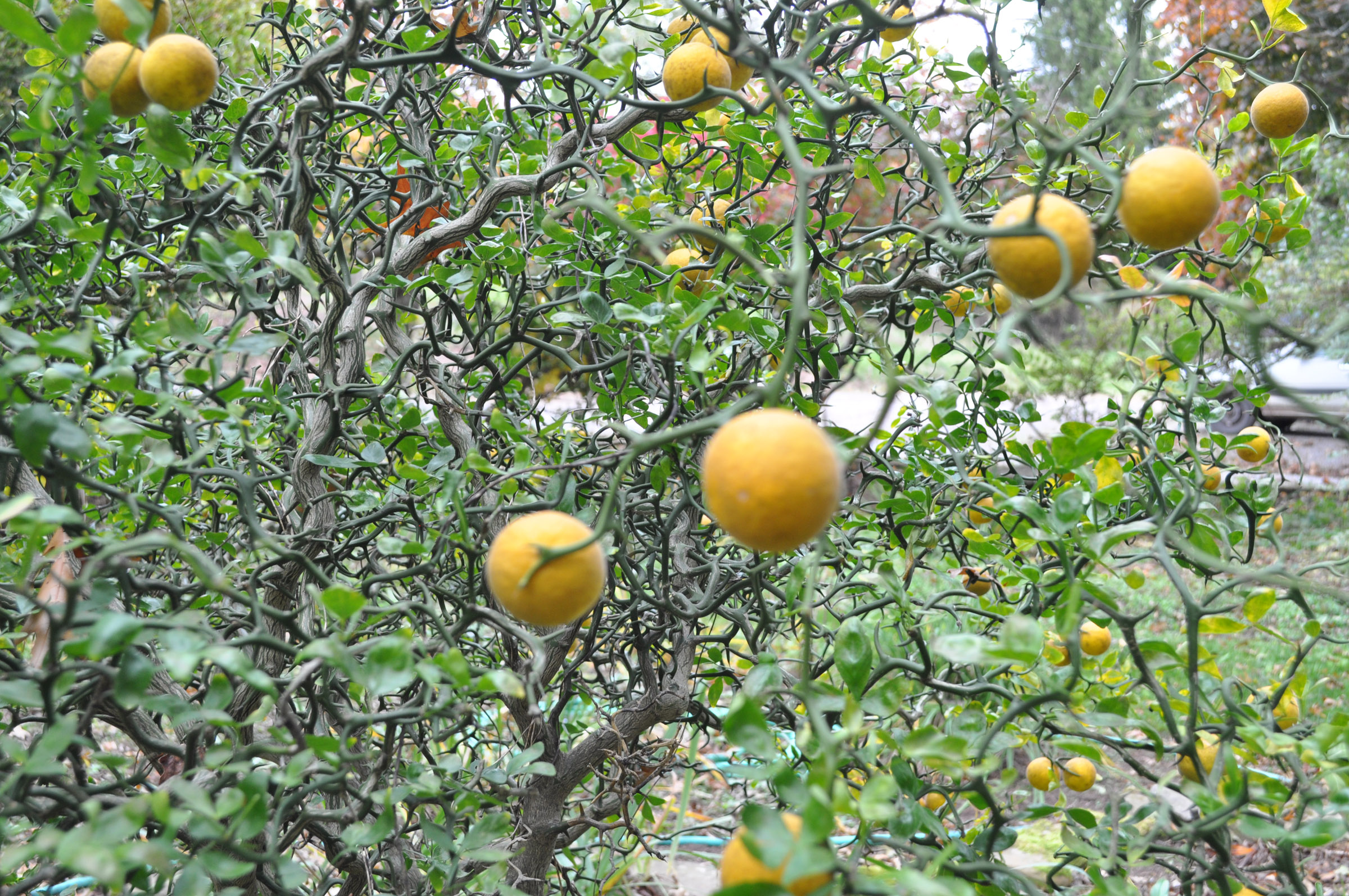
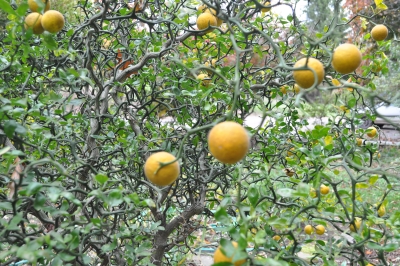 The fruits are edible but I wouldn’t bite into one; the flavor is orangish, but also sour and bitter. Perhaps I’d squeeze the pulp to add a hint of citrus flavor to some other cooked fruit or a baked good. Perhaps not.
The fruits are edible but I wouldn’t bite into one; the flavor is orangish, but also sour and bitter. Perhaps I’d squeeze the pulp to add a hint of citrus flavor to some other cooked fruit or a baked good. Perhaps not.
